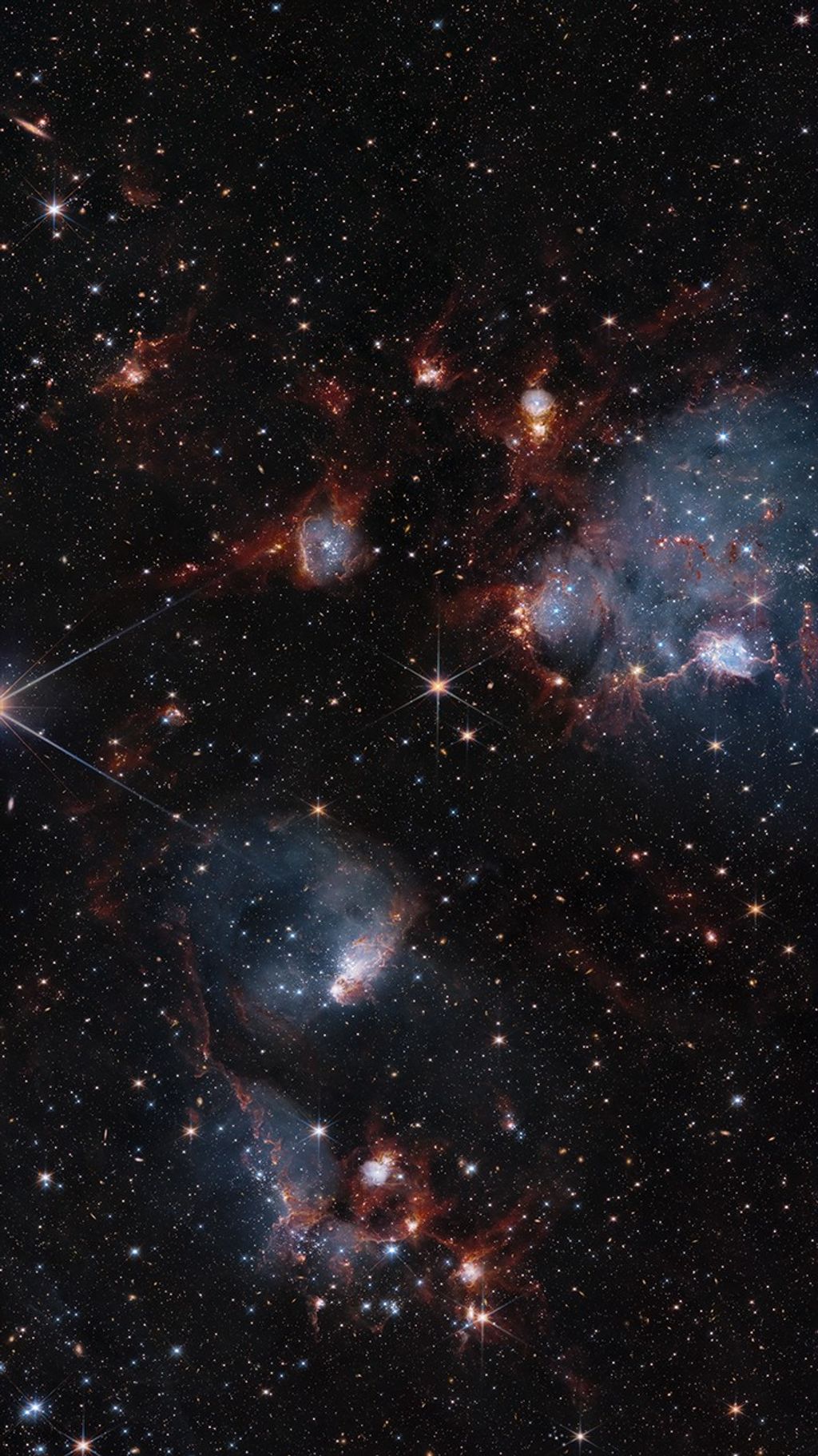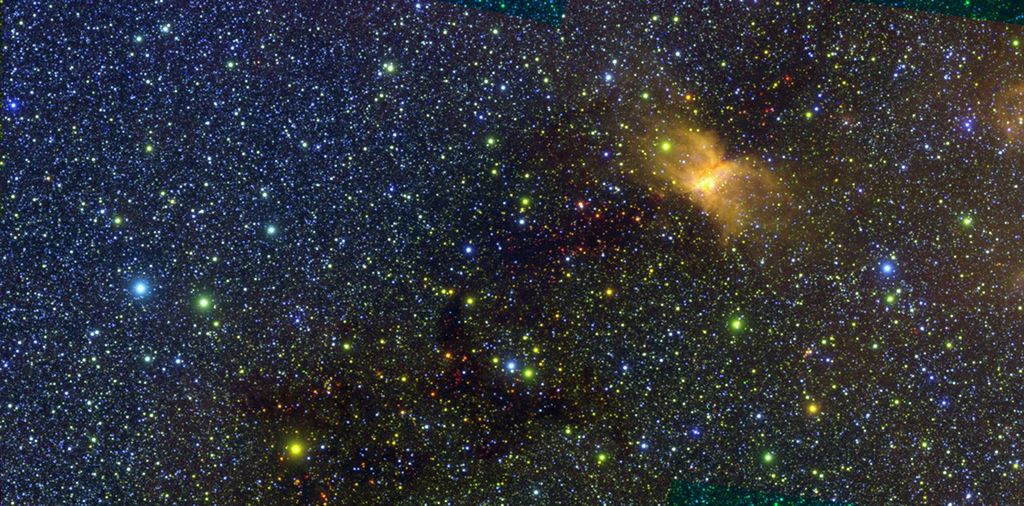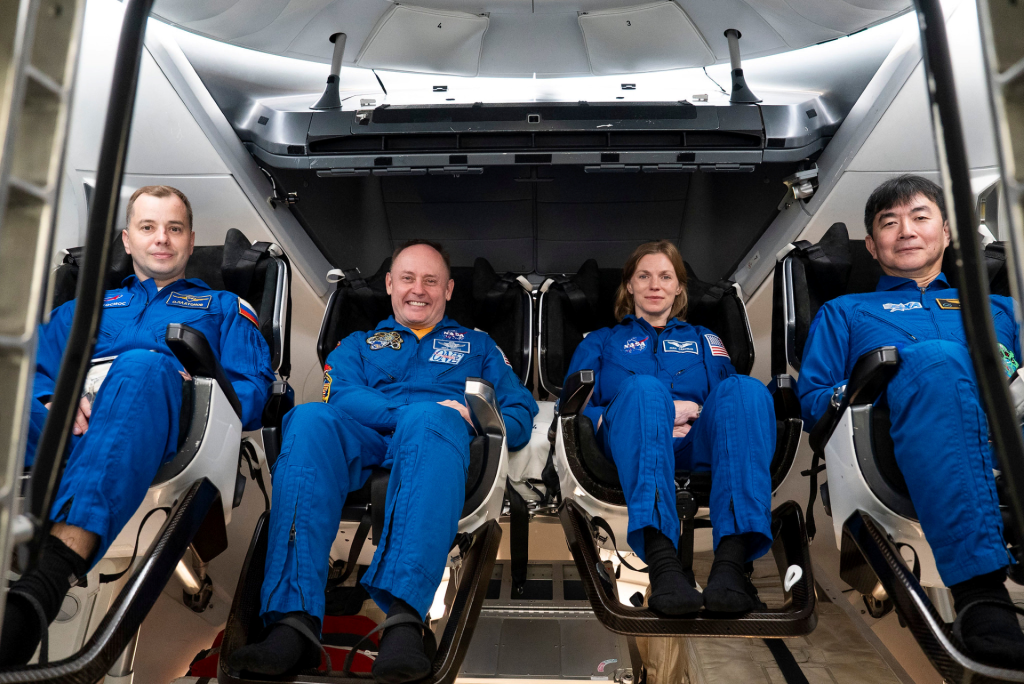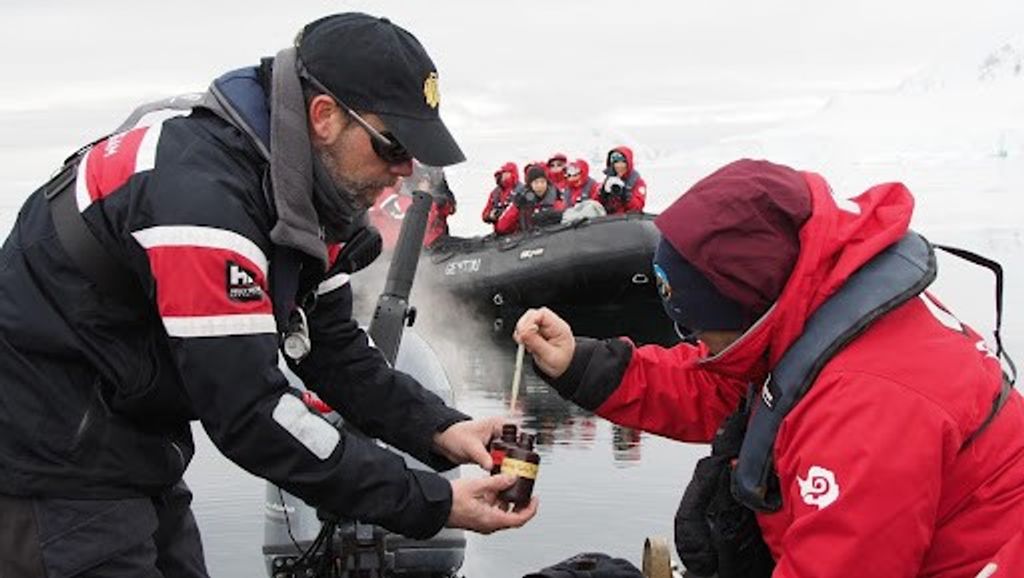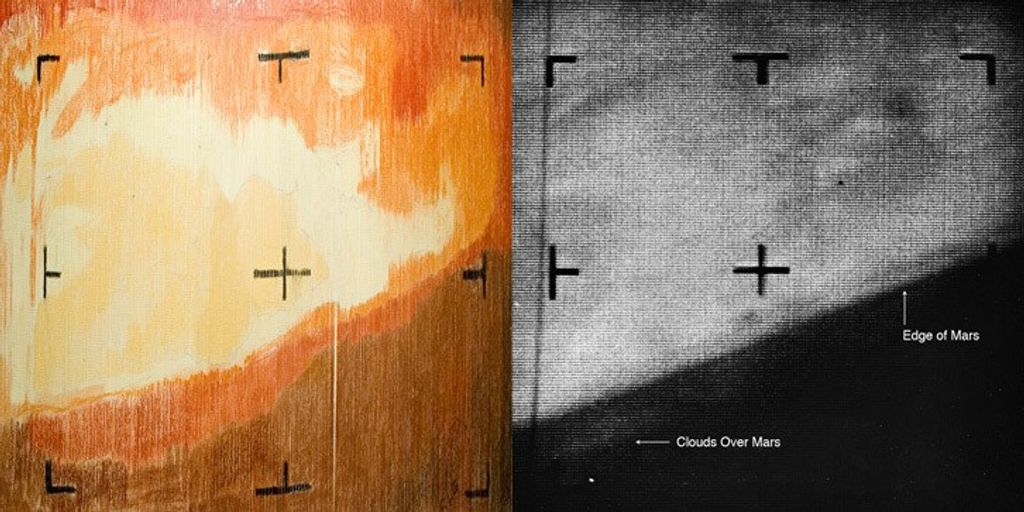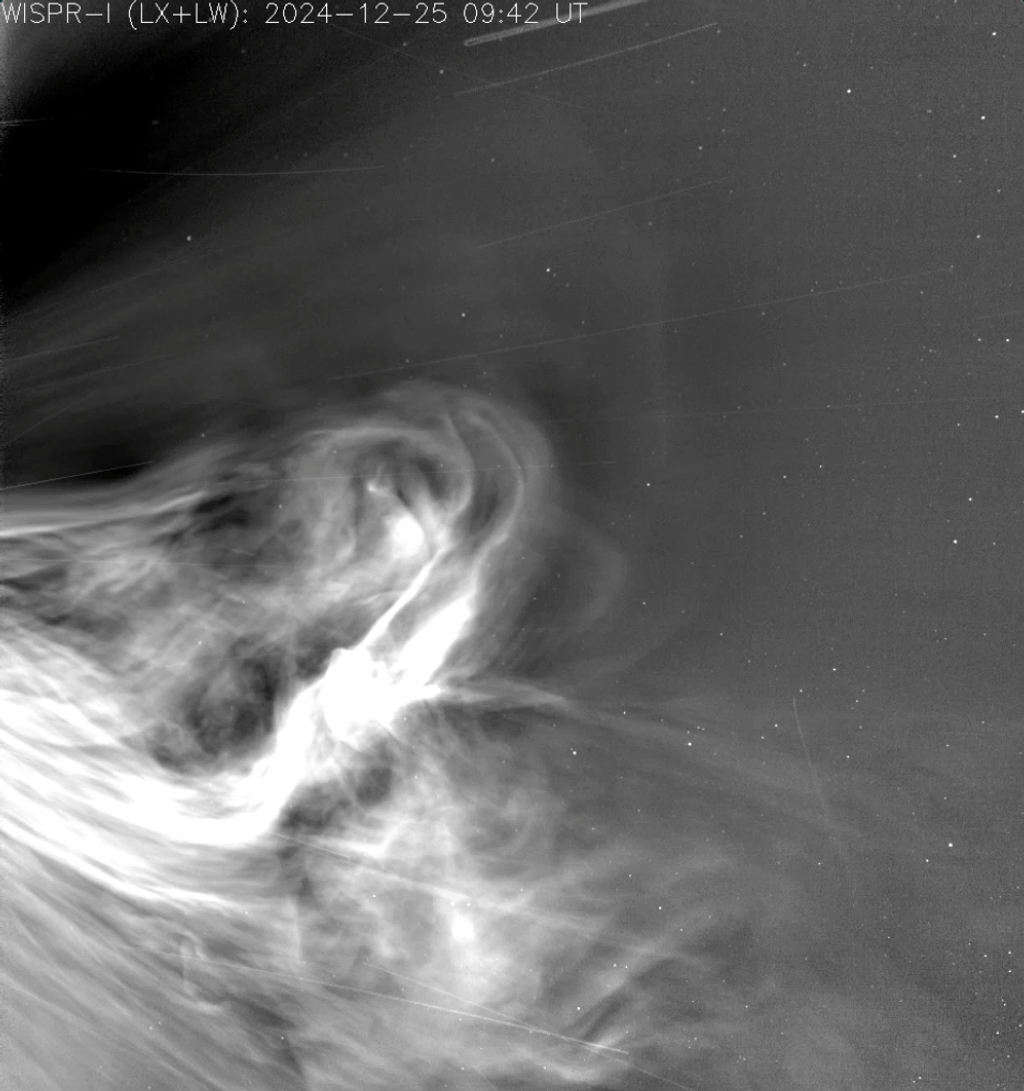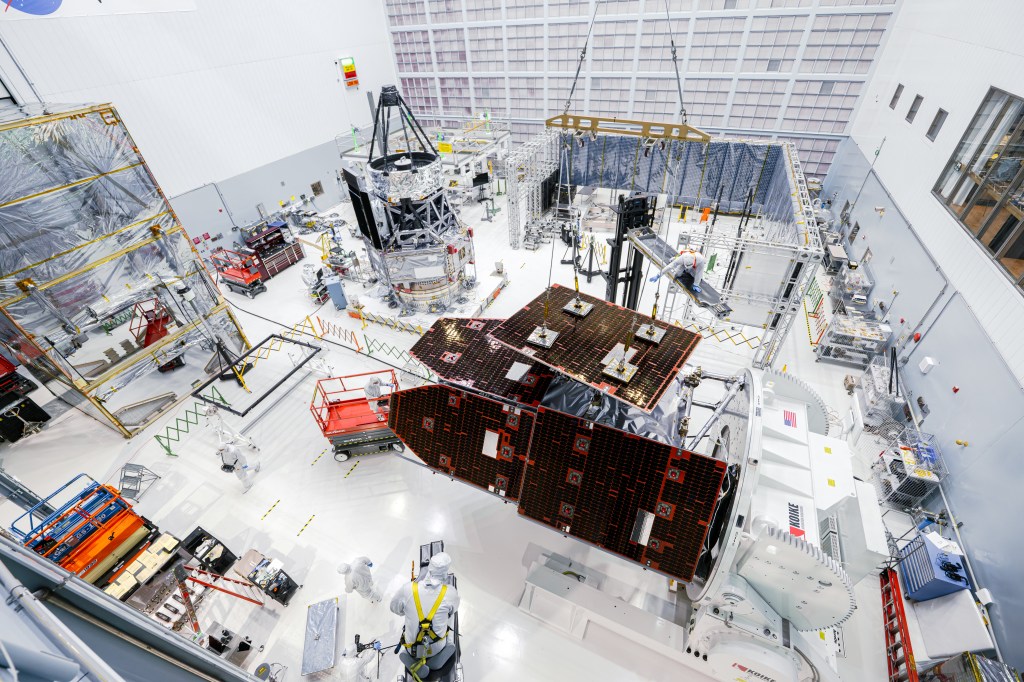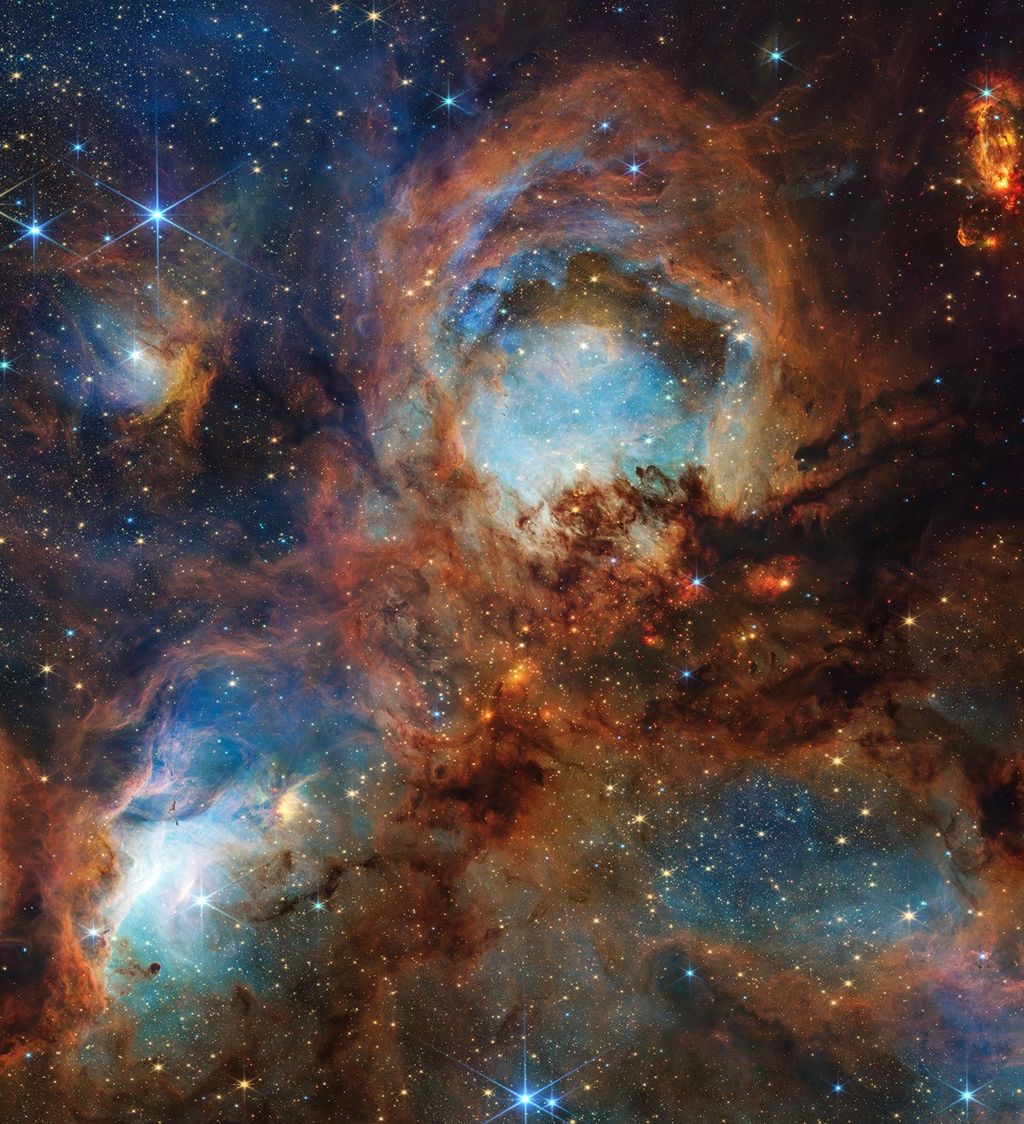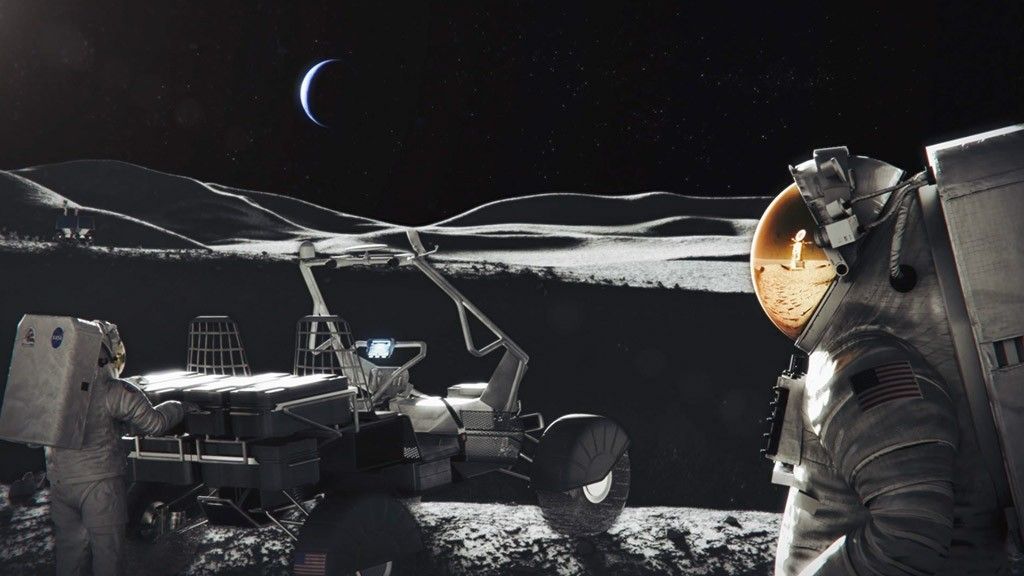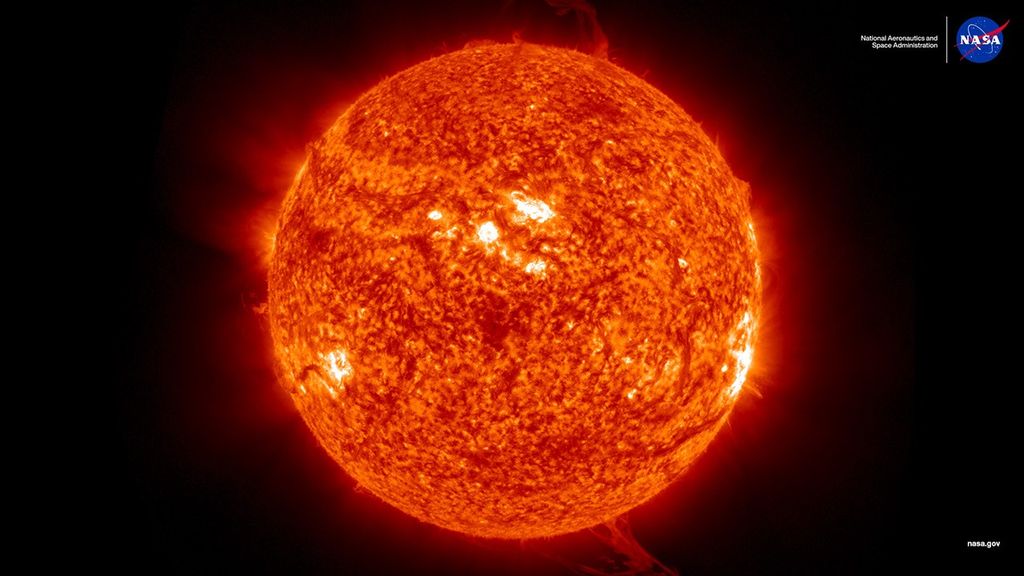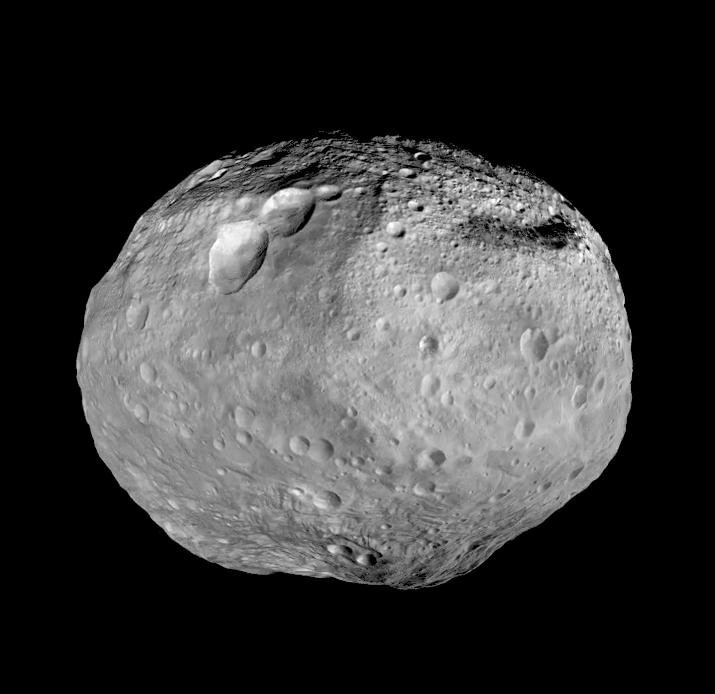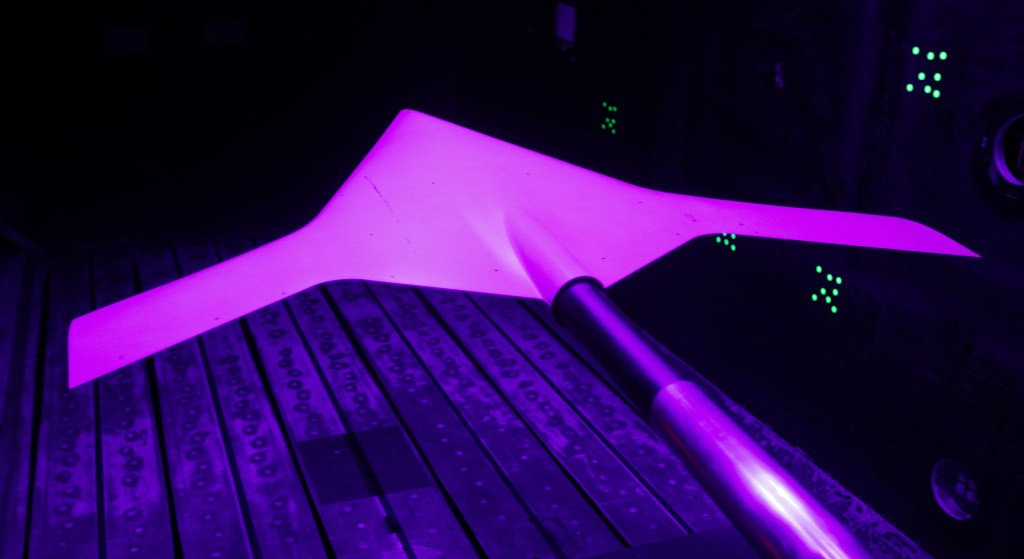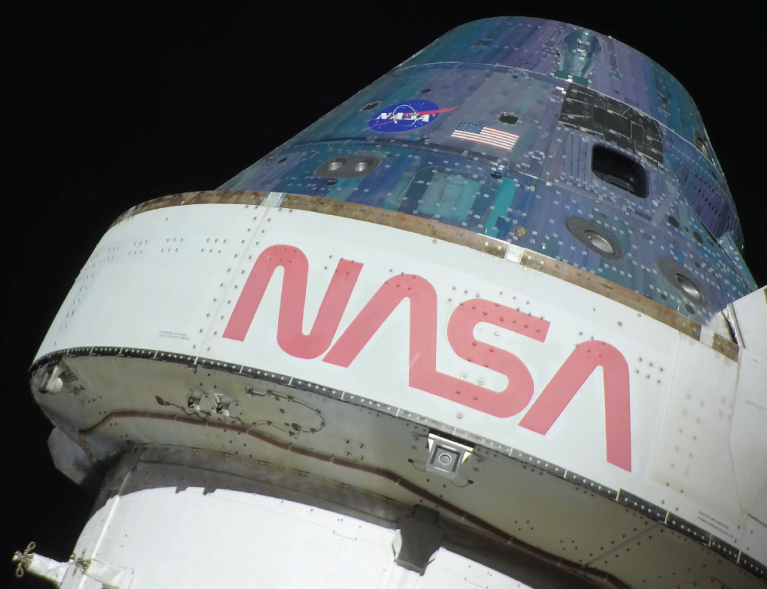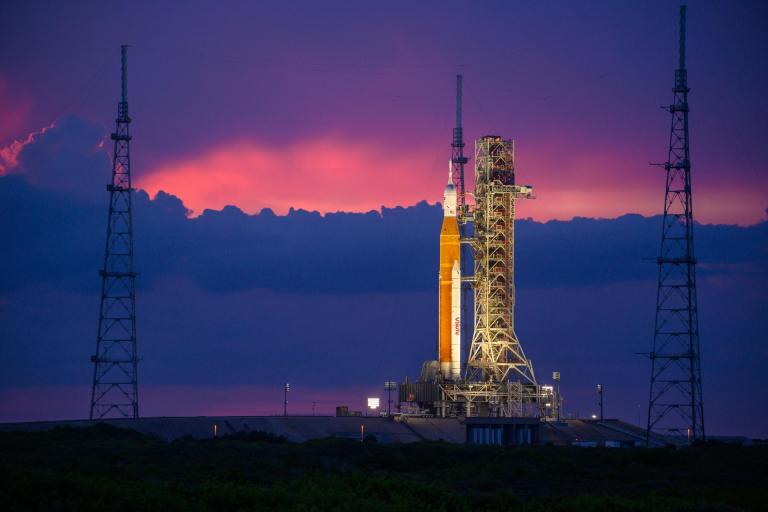Artemis
We will collaborate with commercial and international partners and establish the first long-term presence on the Moon. Then, we will use what we learn on and around the Moon to take the next giant leap: sending the first astronauts to Mars.
The Artemis Missions about Artemis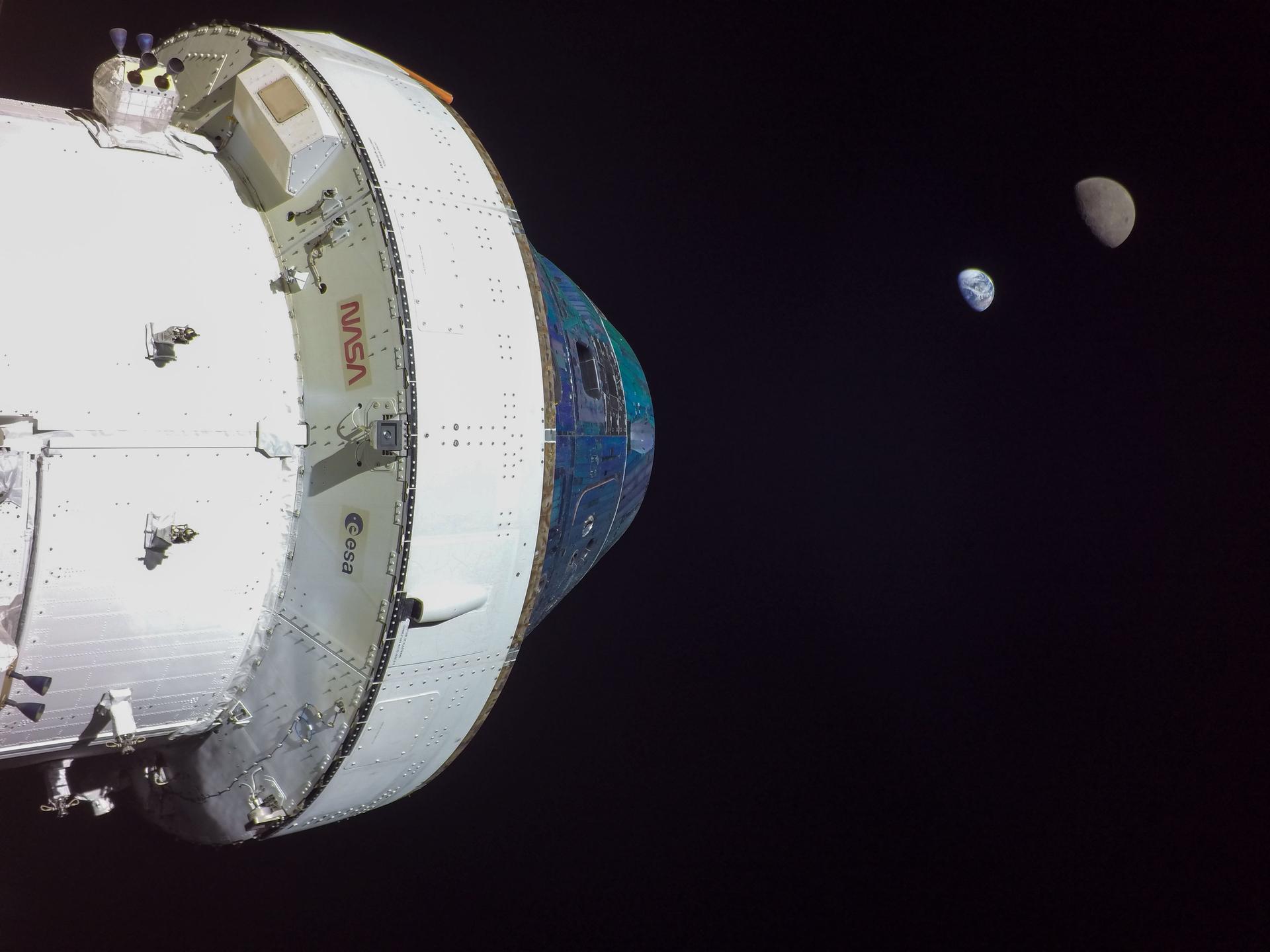
We’re going.
Chapter 1
WHY WE’RE GOING TO THE MOON
We’re going back to the Moon for scientific discovery, economic benefits, and inspiration for a new generation of explorers: the Artemis Generation. While maintaining American leadership in exploration, we will build a global alliance and explore deep space for the benefit of all.
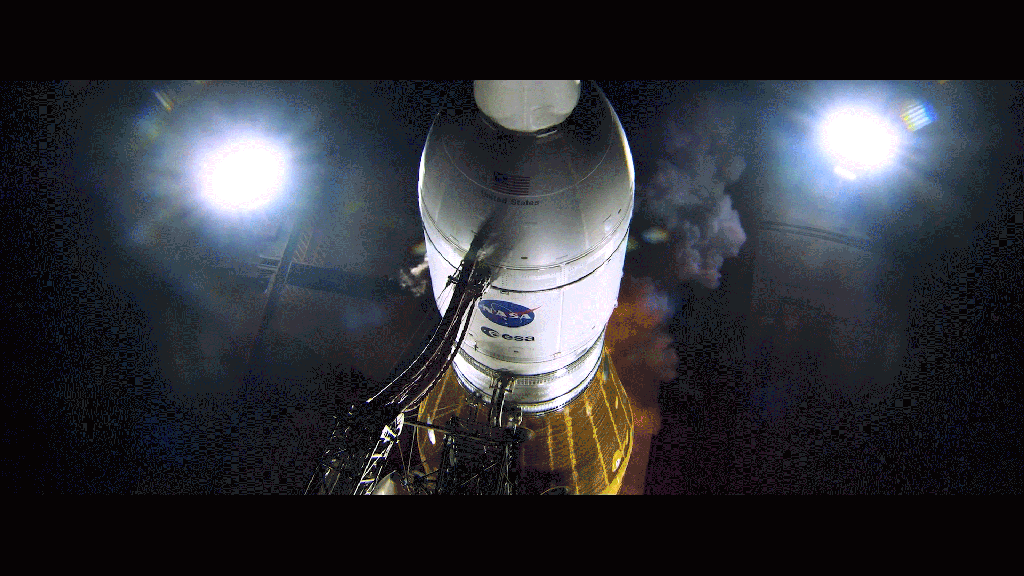
Science & Discovery
With Artemis, we’re building on more than 50 years of exploration experience to reignite America’s passion for discovery.
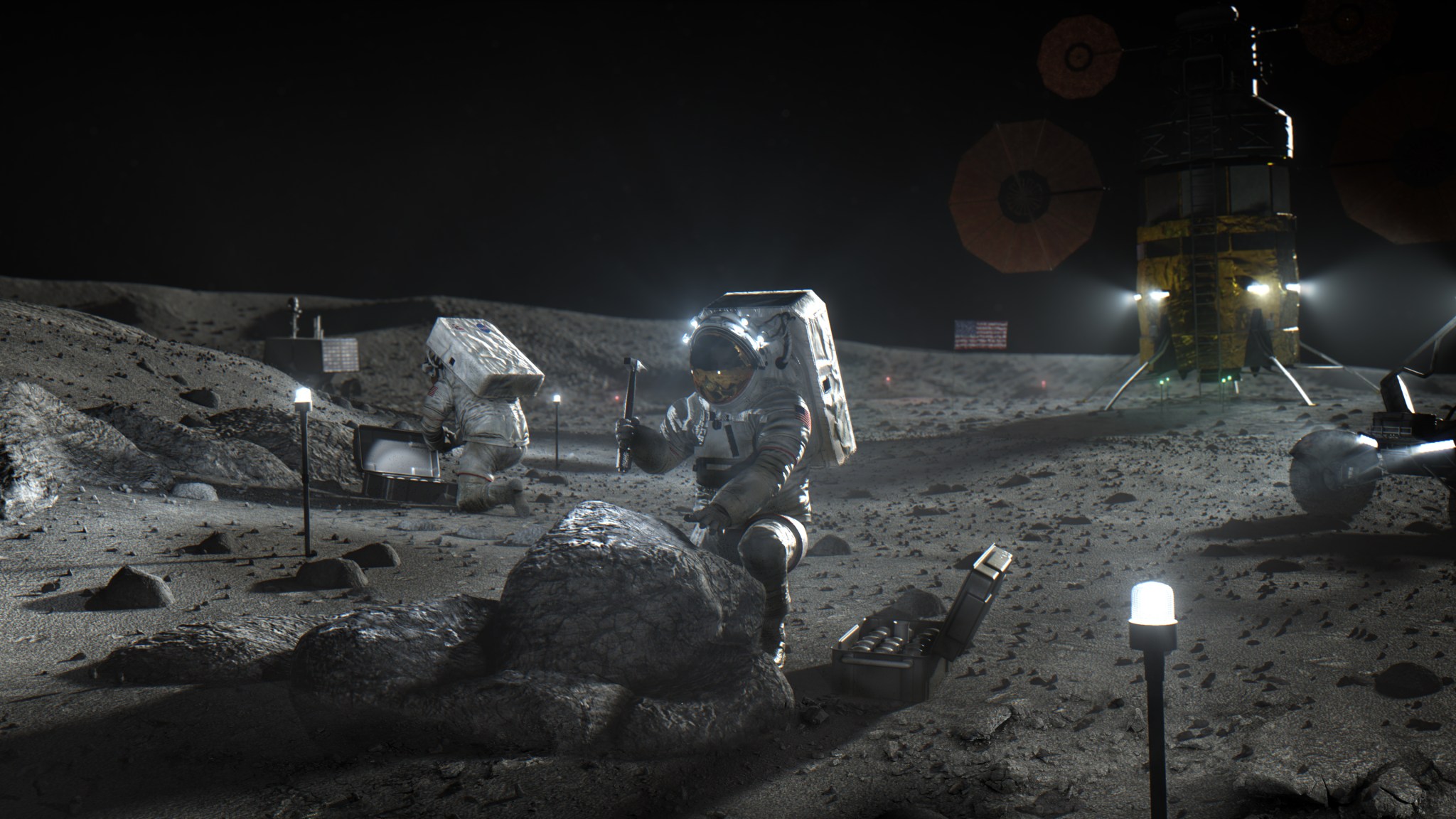
Economic Opportunity
Artemis missions enable a growing lunar economy by fueling new industries, supporting job growth, and furthering the demand for a skilled workforce.
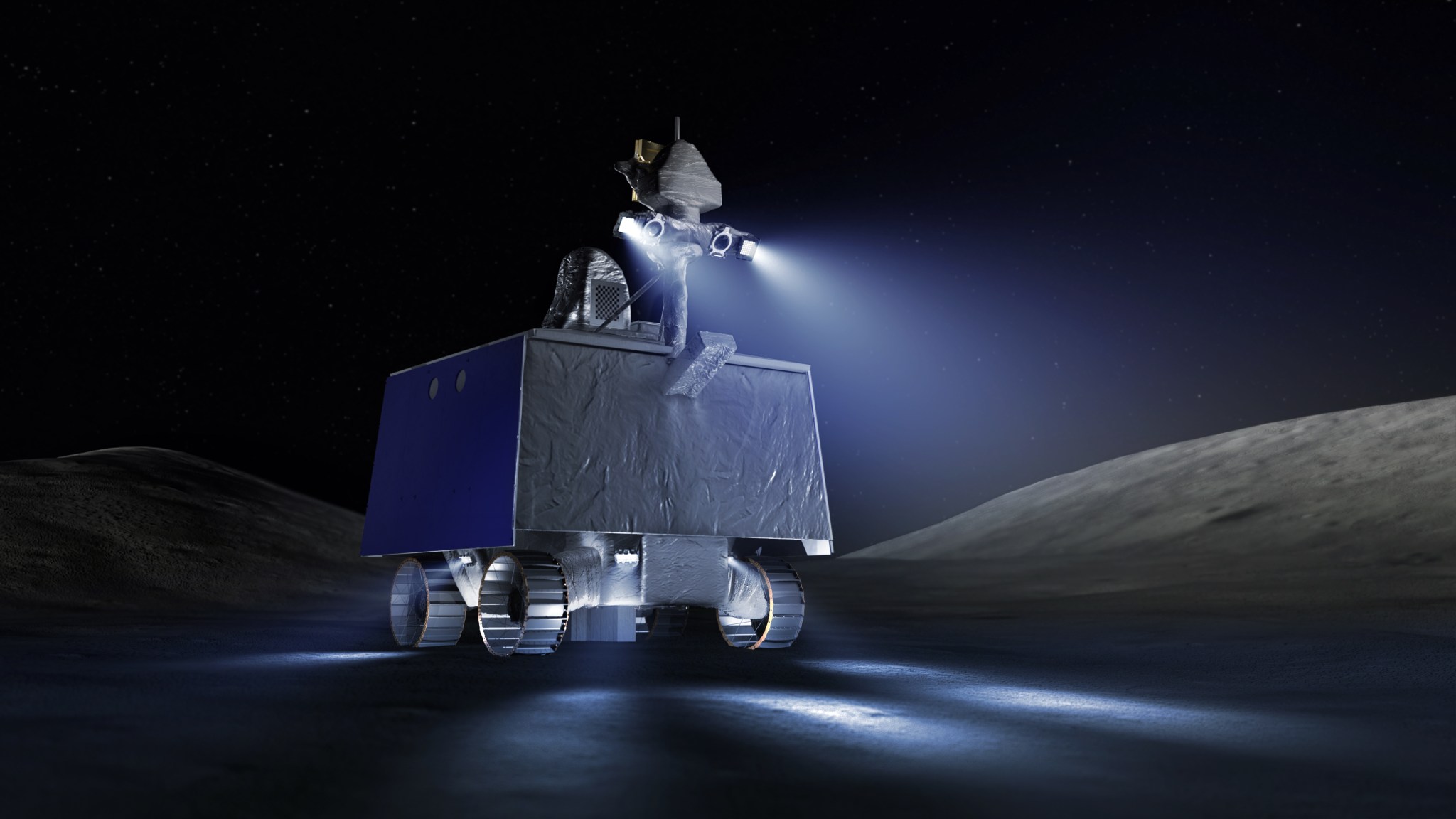
Inspiration for a New Generation
We will explore more of the Moon than ever before with our commercial and international partners. Along the way, we will engage and inspire new audiences – we are the Artemis Generation.
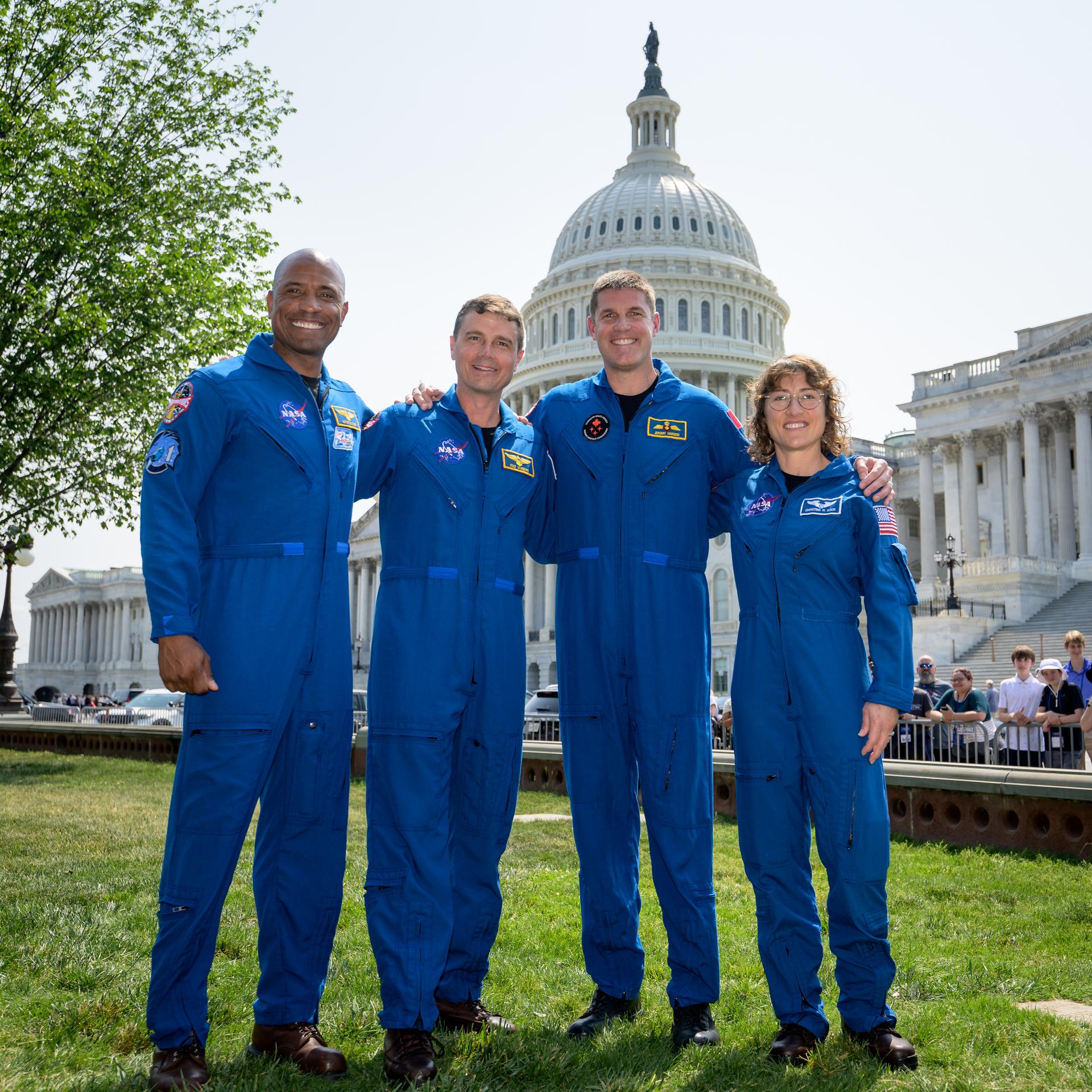
Why the Moon
The Artemis missions will build a community on the Moon, driving a new lunar economy and inspiring a new generation. Narrator Drew Barrymore and NASA team members explain why returning to the Moon is the natural next step in human exploration, and how the lessons learned from Artemis will pave the way to Mars and beyond.
Artemis NewsOUR SUCCESS WILL CHANGE THE WORLD
Chapter 2
HOW WE ARE GOING TO THE MOON
We are developing a long-term strategy for lunar exploration that will allow our robots and astronauts to explore more and conduct more science than ever before.
Exploration Systems
Chapter 3
This is the Artemis Generation.
We go to the Moon for scientific discovery, economic benefits, and inspiration for a new generation of explorers: the Artemis Generation.
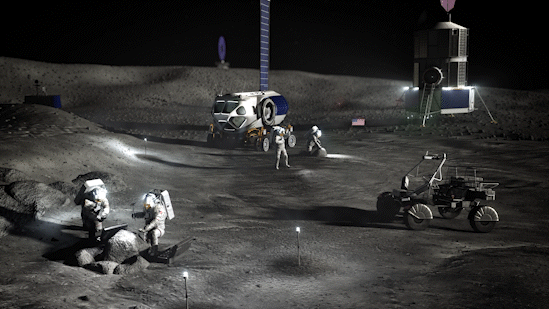
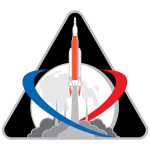
Artemis I
Artemis I was the first in a series of increasingly complex missions that will enable human exploration at the Moon and future missions to Mars.
Learn More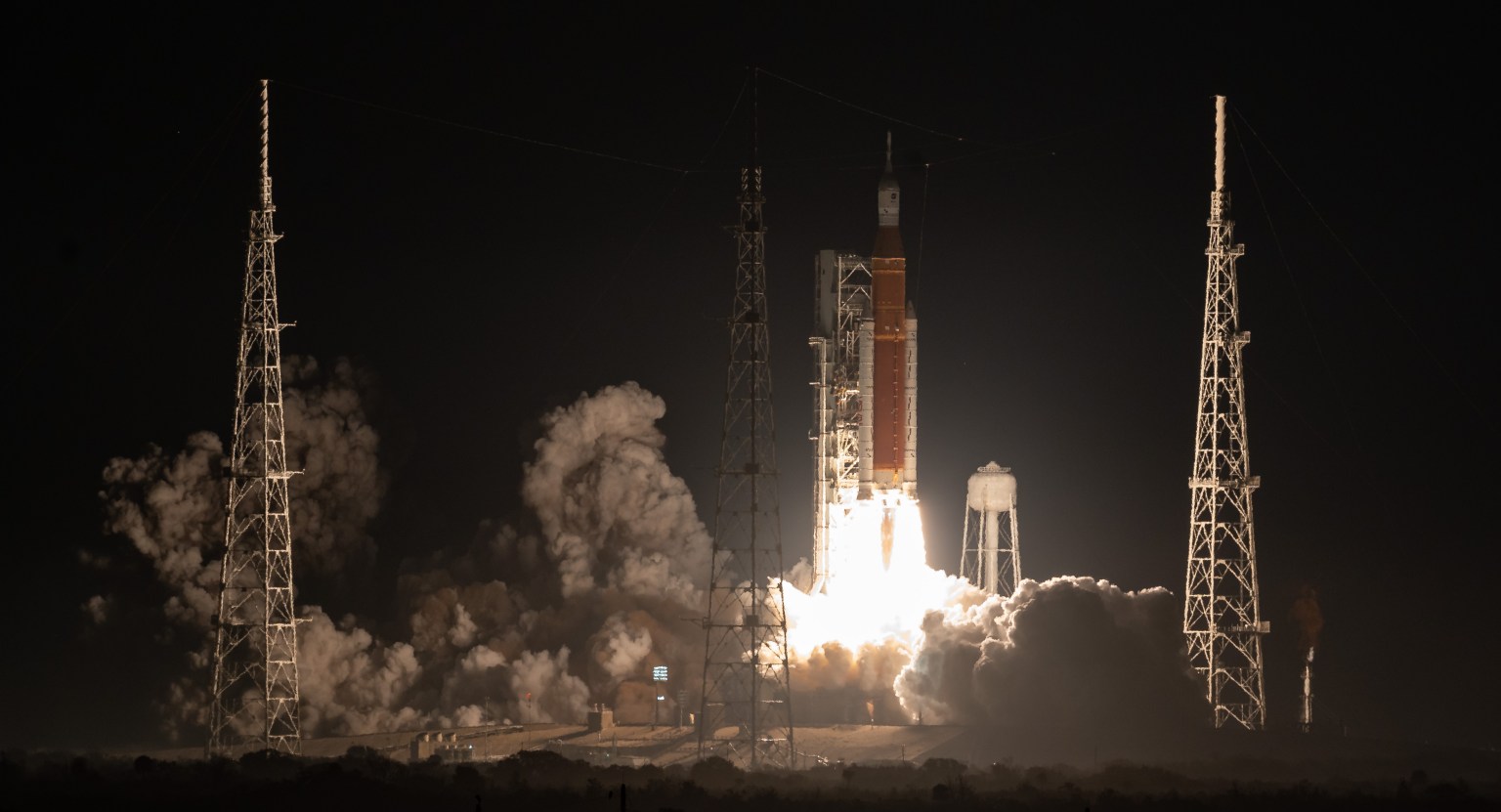
Artemis II
Four astronauts will fly around the Moon to test NASA's foundational human deep space exploration capabilities, the Space Launch System rocket and Orion spacecraft, for the first time with crew.
Learn More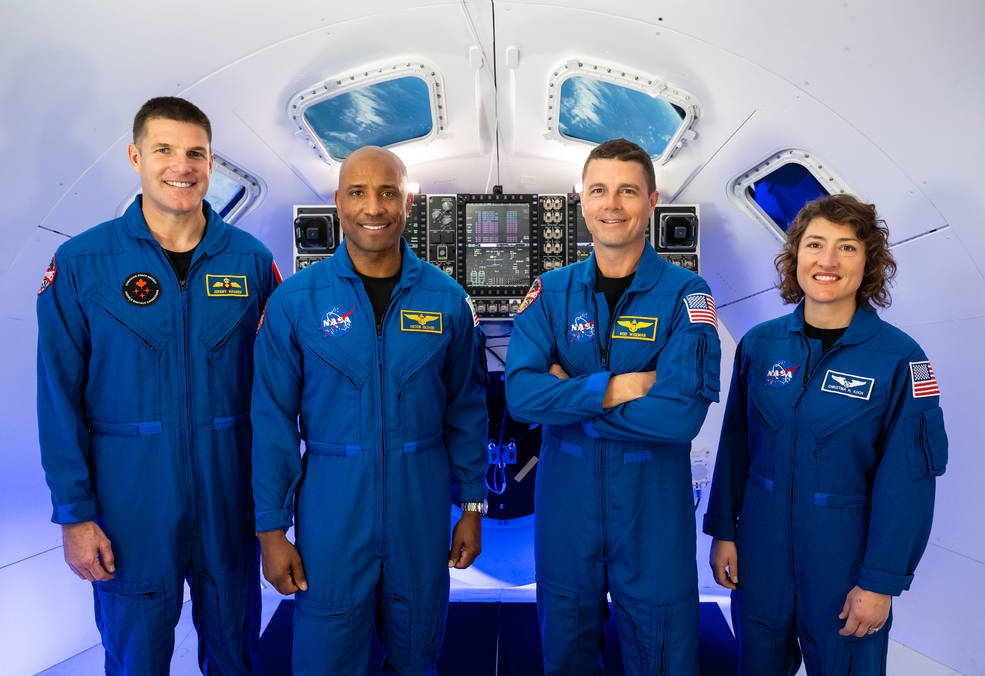
Artemis III: NASA’s First Human Mission to the Lunar South Pole
Humans have always been drawn to explore, discover, and learn as much as we can about the world—and worlds—around us.…
Read the Story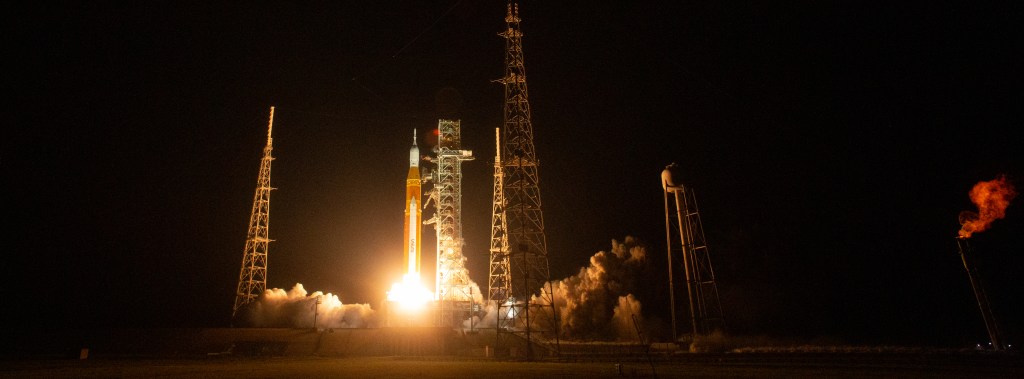
NASA’s Artemis IV: Building First Lunar Space Station
NASA and its partners are developing the foundational systems needed for long-term exploration at the Moon for the benefit of…
Read the Story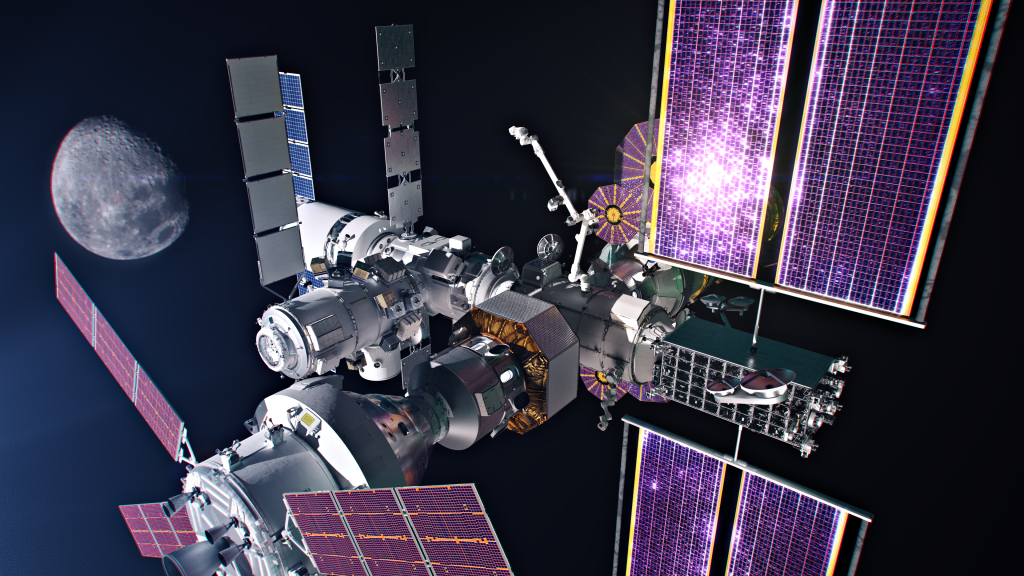
Living and Working at the Moon
As Artemis missions progress, NASA and its partners will continue to send exploration elements to the surface. Rovers will expand the exploration range and increase science return. Habitation elements will allow crews to stay on the surface for longer periods of time.
Learn More
Join Artemis
Make, launch, teach, compete and learn. Find your favorite way to be part of the Artemis mission.
Learn More
